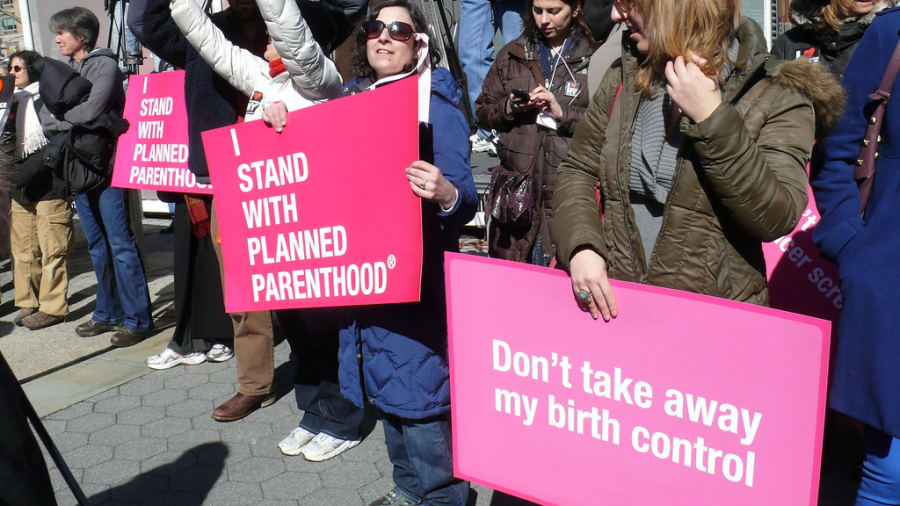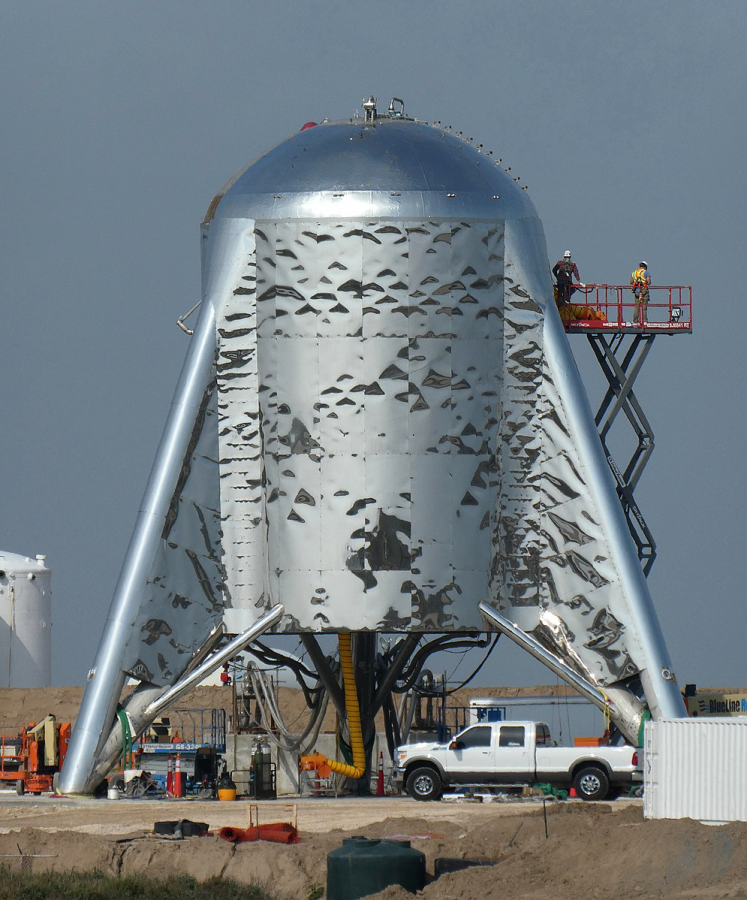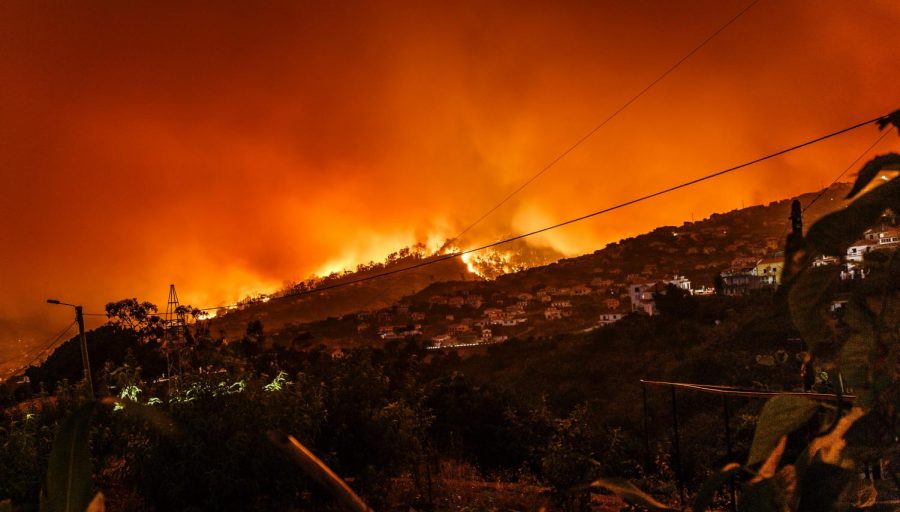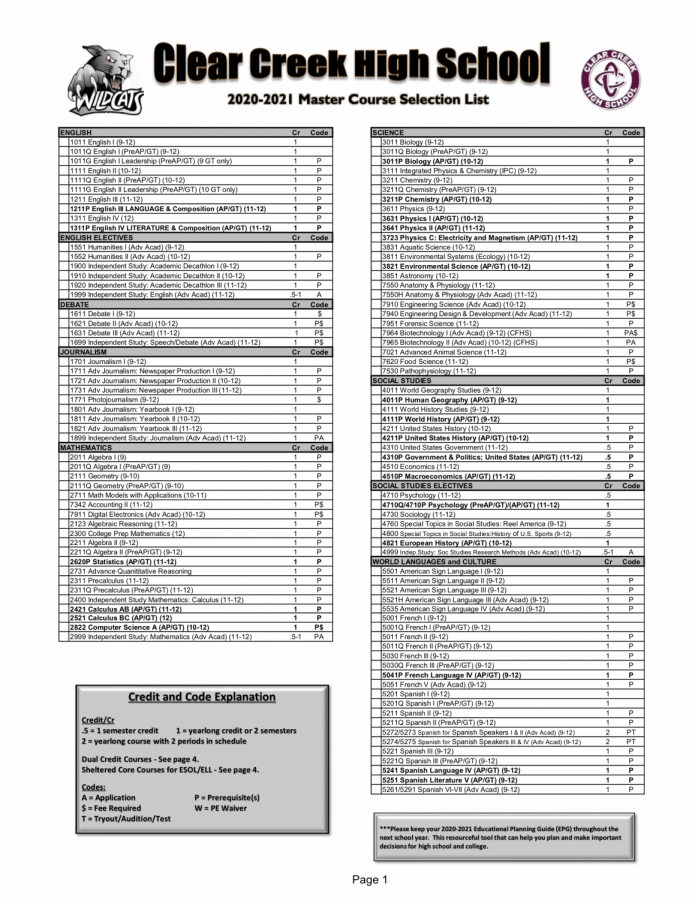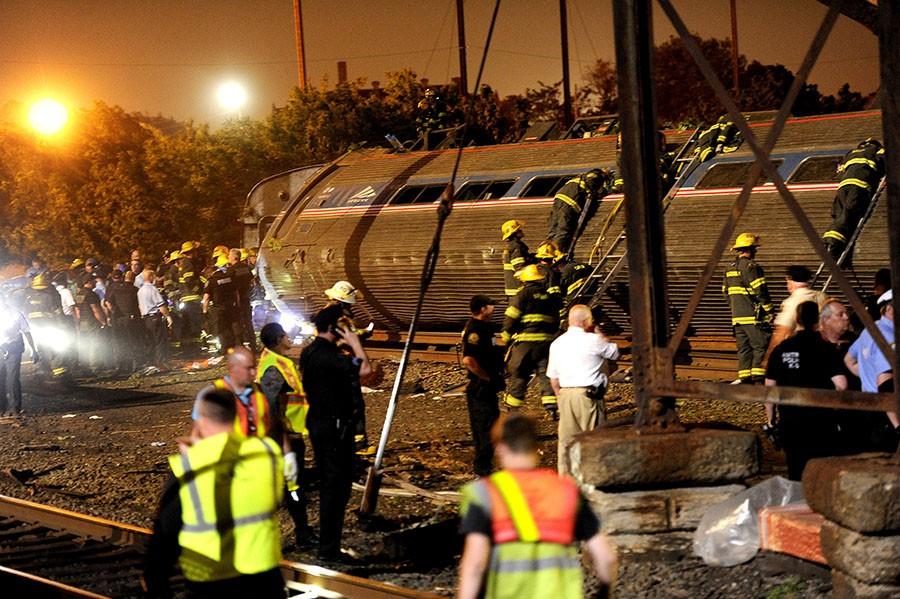Two Workers Killed In Amtrak Crash
Amtrak crash on May 12, 2015 in Port Richmond, Pa. Only after the derailment did Amtrak quickly install automatic-braking circuitry on the northbound side of the Frankford Junction curve. (Tom Gralish/Philadelphia Inquirer/TNS)
April 11, 2016
Two construction workers were killed on April 3 when an Amtrak train crashed near Philadelphia. Strong evidence suggests the two construction workers killed in the train crash made a “colossal” mistake by being on the wrong line, a source close to the investigation said the day after the incident.
The Delaware County Medical Examiner’s office has identified the two victims as Joseph Carter Jr., 61, of Wilmington, Delaware, and Peter John Adamovich, 59, of Lincoln University, Pennsylvania. Both died of multiple blunt force injuries.
The crash occurred in the morning of April 3 when an Amtrak train carrying 341 people slammed into a backhoe on the track near Philadelphia, killing the two construction workers. Another 37 people were injured and treated for minor injuries, a Chester city spokeswoman said.
Investigators will try to determine the reason why the construction workers may have been on the wrong line, which was considered an “active,” line the source said. According to experts, construction work on an active rail line isn’t uncommon, especially on Sundays.
But this fatal crash, which involved a large piece of equipment on a live track, “should have never happened,” said Allan Zarembski, director of the Railroad Engineering and Safety Program at the University of Delaware.
Zarembski said that he was stunned to learn that the construction workers were Amtrak employees and not hired contractors.
“The fact that there was a backhoe manned by Amtrak personnel — that’s an even higher level of concern,” he said.
Zarembski said construction work on active tracks should only happen if the workers are using small or hand-held equipment in order to reduce the chances of dangerous accidents, which can cause severe injury or death.
In situations where minor work is being done on active tracks, a company dispatcher is supposed to notify train engineers of work crews ahead of time so they can slow down or stop the train in advance.
As an added safety measure, crews using small equipment should have at least one “flag man” farther up on the track, whose job is to prevent crashes by using a loud air horn to alert workers of oncoming trains.
While minor repairs that involve small or hand-held equipment are acceptable on active tracks, workers using a backhoe should never be allowed on an active track, no matter what the circumstances are. When the use of large equipment is involved, the track must be taken out of service, according to Zarembski.
“They should have known better than to be on that track,” Zarembski said. “Maybe what happened was they were given permission to go on (an inactive) track, and maybe they made a mistake and went on the wrong track.”
Images of the crash site show at least two other rail lines close to the train’s track. This led investigators to the possibility that the workers had permission to work on an inactive line, but the equipment carried over to an active line.
While such scenarios are possible, “these things are very rare,” Zarembski said. Workers getting killed in adjacent line accidents are also highly uncommon.
Ultimately, in such a situation, it’s up to the crews to be aware of their surroundings and make sure that large equipment doesn’t drift onto the path of oncoming trains.
Also, if the workers were on the wrong line to begin with, human error can sometimes override most safety systems.




